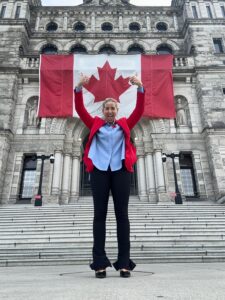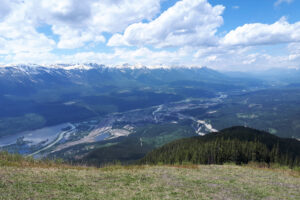
S. Ashleigh Weeden
July 8, 2020
“To realize the radical potential of the rural, we must leave behind outdated assumptions
that both rural decline and unchallenged urbanization are the twin edges of some inevitable compromise.”
[Excerpts]
The first six months of this new decade have forced us to reconsider nearly everything: how we work, how we connect with each other and, with increasing urgency, the purposes, functions and futures of the structures and institutions at the core of our social and economic systems. The COVID-19 pandemic and the widespread reckoning with racism brought about by the latest resurgence of the Black Lives Matter movement are both happening in the shadow of a global climate emergency. The confluence of crises has forced our collective hand. These are not polite invitations to consider incremental change, they are radical disruptions that are shaking us by our collective shoulders and asking: What will you do now?
“……..we need to overcome the laziness of viewing the application of public policy
interventions through the lens of “urban versus everywhere else” and develop place-based
approaches that recognize the value of a diversity of both rural and urban communities and
the critical linkages between them.”
If we have learned anything in the first half of 2020, it’s that our public institutions and policy machinery can be far more nimble than we sometimes give them credit for. We’re doing things we didn’t think we could do before — from the universal income support of the Canada Emergency Response Benefit to a massive shift in public consciousness and engagement with anti-racism movements. Many of our assumptions about the way we do government can and should be re-examined. It’s not so much that the convergence of multiple crises has broken our socio-economic systems, it’s that they have exacerbated the cracks and crevices that were already there, with the kind of acute clarity that means they can no longer be ignored.
One such increasingly volatile fault line is the rural-urban divide. The tendency toward conflict between rural and urban communities, despite their many interconnections, long predates this unexpectedly chaotic year. Contributors to Policy Options noted the growing disconnect between rural and urban Canada in 2017. In 2018, the economic geographer Andrés Rodríguez-Pose drew direct links between such divides and their socio-economic and political consequences by calling the geographic distribution of growing populism “the revenge of the places that don’t matter.” Whether it’s the glaring ineffectiveness of the way we approach investments in rural broadband, the social and economic pressures linked to “disaster gentrification” or renewed awareness of the centrality of rural places in providing critical resources like energy or food (and the racialized dynamics of the labour of some parts of Canada’s agri-food system) — 2020 has surfaced serious sinkholes in Canadian rural policy.
Curious about the following questions?
– Do we value rural places?
– Is there a “right to be rural”?
– Who gets to decide what happens next?
– Realizing the radical potential of rurality
Read more by clicking on: The COVID-19 pandemic has exposed the “place blindness” that causes policy-makers to overlook the specific needs and potential of rural Canada.





